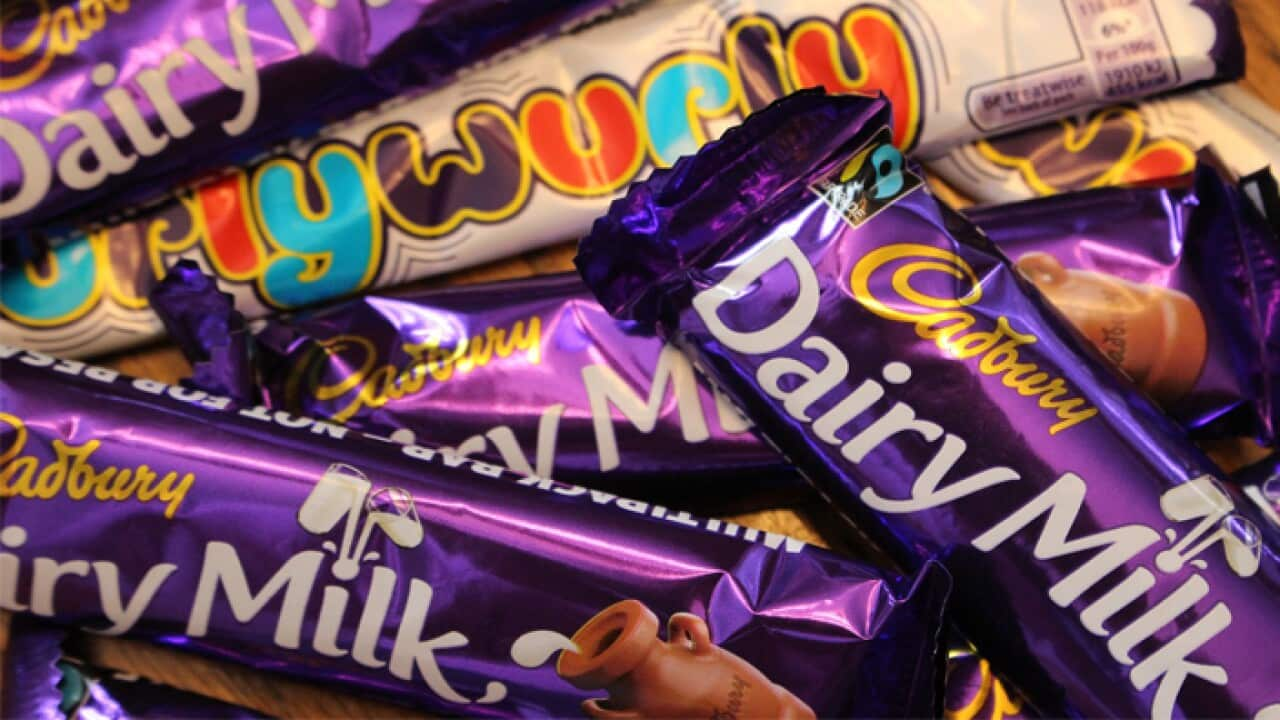Colourisation has come a long way . And it certainly isn’t as painful as colouring in each frame by hand with a wax crayon. In fact, it should be as easy as slapping an Instagram filter on a selfie, shouldn’t it? Um, no. It takes a huge amount of research and painstaking attention to detail, actually...
Why colourise it at all?
“Colour is emotion but the colourisation done in the past could produce images that were a bit tacky and cartoonish,” says Australia In Colour co-writer/co-director, Alec Morgan. “The quality of this work adds energy and vibrancy and gives it an emotional connection that you don’t get with black and white footage. I jumped at the opportunity to enrich history with colour and also to work with good people who wanted to add to and balance history with stories that have got lost, stories that are about migrants and Indigenous people and women.”
“A certain magic happens when we colourise black and white footage. History that seemed removed in time suddenly springs into the present in a very vivid and emotional way,” adds producer Jo-anne McGowan. “To facilitate this and witness it occur is the privilege of making this series. We have used colourised images that record significant events and illustrate critical turning points in the development of modern Australia but have tempered that material with touching home videos of everyday life, and tales of ordinary as well as extraordinary Australians.”

Australian WWI troops on their way to the ship, 1915. Source: SBS
Getting the details right
You might not think it matters in the grand scheme of things whether a man is given blond, brown or grey hair. But the thing about going to the effort of bringing colour to the past is – if you’re going to do it, you may as well do it right.
Art director Samuel François-Steininger, based in Paris, developed a lot of the techniques on display in a previous project with a similar name: America in Color. Describing the process as being “like a police investigation”, he and his team of researchers, animators and artists go over the details of the past with a forensic focus. For example, they’ll check the weather records on the date of the footage in question, to determine the temperature and cloud cover. They’ll also do a deep-dive into the fashions and trends of the day when determining the dominant colours of clothing in crowd scenes.
“It would have been more difficult for me if I’d not lived in Australia,” reveals François-Steininger. “I saw the nature of the light and the colours of the countryside, and got a sense of what the cities and towns look like. Film stock and lenses have changed over the years. Film is organic and it gets old, and shapes and textures change.”
The man with the hat who’s dancing, Frank McAlary, was *drumroll* a redhead. Which the team discovered thanks to a bundle of letters and newspaper clippings that came from a woman who’s also in the footage, via the National Film and Sound Archive (NFSA). And that’s just one short sequence across four episodes.
Looking good
Getting down to the technical details, the process works like this. For every scene in Australia In Colour, there’s an initial frame. Once it has been colourised to the team’s satisfaction, it becomes a reference for every other frame in that scene. If you know anything about film, you might be aware that there are 24 frames per second of footage, which makes this process fairly work-intensive.
“We created ultra-high definition digital scans in 4K, which is twice the resolution of what you see in most cinemas now,” says NFSA Digital Film Preservation Colourist, Craig Dingwall. “We’ve been able to see so much more detail on street signs and car number plates, and we’ve been able to recognise faces and places.”
“The result of the colourisation is truly amazing,” says Dingwall, who was in regular contact with François-Steininger to ensure that what was being delivered was suitable. “The public is going to be much more interested in the NFSA collection as a result. It excites me to be sharing this historical footage. The collection belongs to all Australians and is our nation’s audio-visual heritage.”

The famous image from ‘The Story of the Kelly Gang’, 1906. Source: SBS
A team effort
From newsreels to feature films to home movies and advertisements, around 70 per cent of what you’ll see on screen in Australia In Colour came from the NFSA archives – which hold 2.8 million items.
“We had incredible support from everyone at the NFSA,” says McGowan. “It’s been a real partnership. They opened up the vaults and couldn’t help us enough. We also couldn’t have done this without the extraordinary expertise of Samuel François-Steininger and his team, who oversaw the colourisation and visited Australia to conduct local research. So many people played a huge role in the making of this program and I thank them all.”






